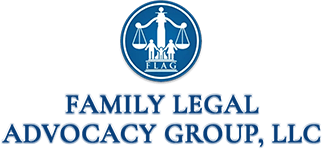A newly-minted special education teacher should be able to:
- “collaborate with professionals to increase student success,”
- “use multiple sources of information” to understand a student’s strengths and needs, and
- “systematically design instruction toward specific learning goals.”
These skills are among 22 “high-leverage practices” for special education teachers that were developed by the Council for Exceptional Children and the federally-supported Collaboration for Effective Educator Development, Accountability and Reform, also known as CEEDAR.
Representatives for the groups have been spreading the word about their work this year, including during a session here at the annual leadership conference sponsored by the federal office of special education programs.
It’s taken nearly two years to develop the practices, which are grouped into four categories: collaboration, assessment, social/emotional/behavioral, and instructional. Twelve of the 22 practices fit under the instructional umbrella.
And it also took some time to settle on the 22, said Deborah Ziegler, the director of policy and advocacy for the CEC. “We spent hours debating the issues,” she said.
Ultimately, the groups working on the practices chose these because they are research-based, broadly applicable to any content area, considered fundamental to effective teaching, and skills that can be taught to preservice professionals.


